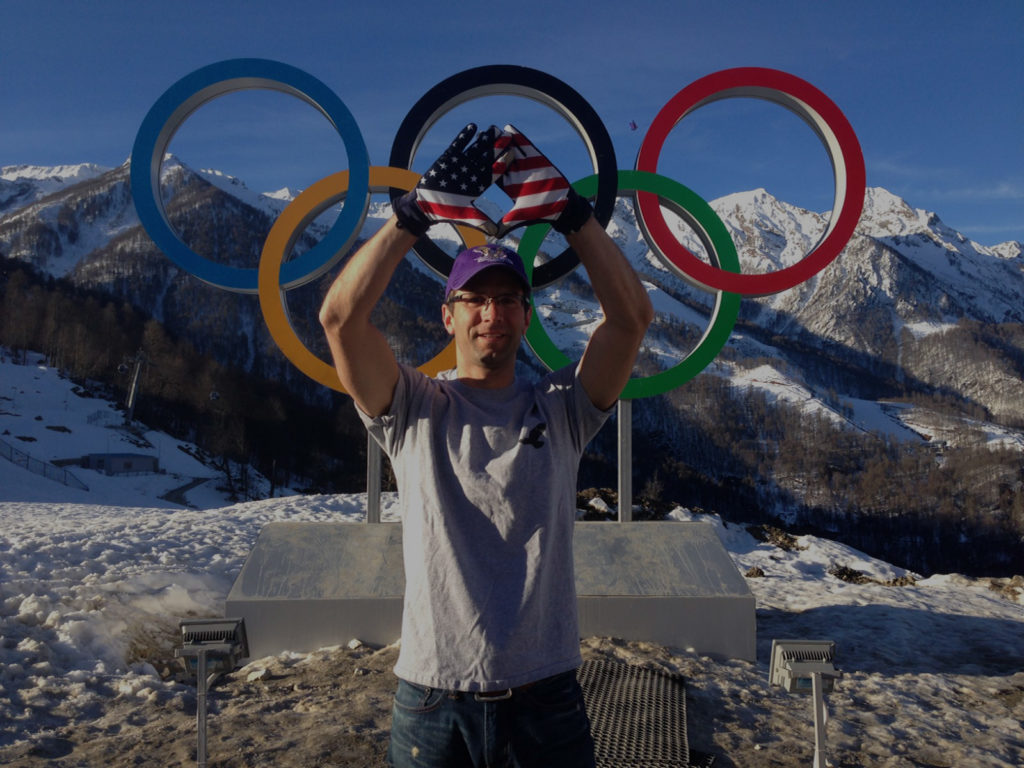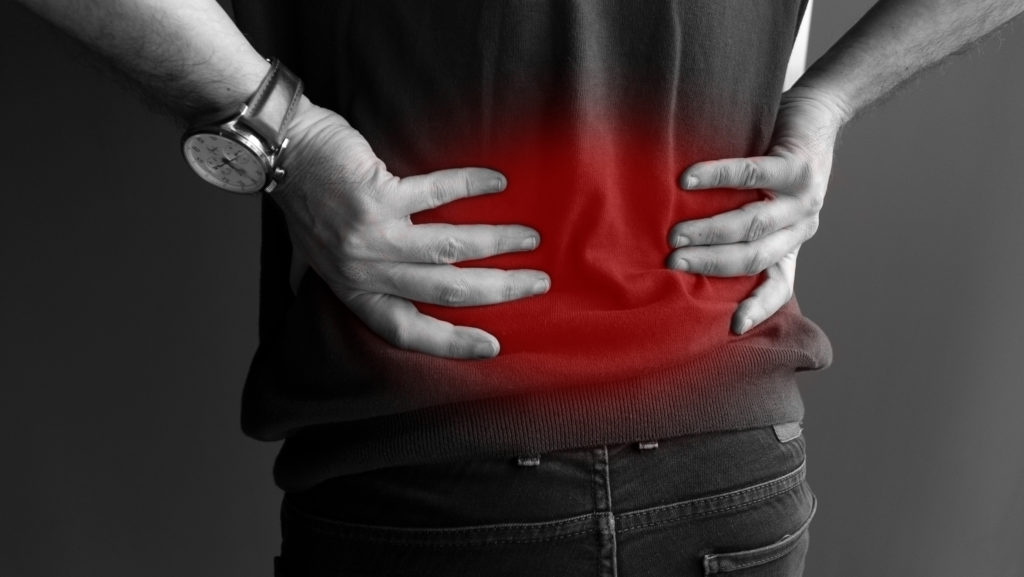Forty years ago, Patrick G., injured his right shoulder. Following the initial injury, when he played sports, he’d have pain, but the next day it would be gone. As years went by, the pain lasted longer and was more severe, eventually limiting the use of his arm to the point where he could no longer perform normal activities of daily living. That’s when he decided to see Steward Health Care Orthopedic Surgeon Pamela Jones, MD, and he hasn’t looked back.
Dr. Jones, a board-certified orthopedic surgeon and board certified hand and upper extremity surgeon, initially treated his condition with cortisone injections and physical therapy, but eventually he needed total shoulder replacement surgery, which he had about a year and a half ago. Now, he wonders why he waited so long.
“I waited because I’d heard recovery would be long and painful,” says Patrick. “I was wrong. I feel great now. Three months following surgery I was able to drive to Florida and now I have full use of my arm again.”
Today, Patrick swims every day in a warm water pool, and he believes the warm water and exercise have helped him recover.
“With the advanced technologies we have today, there is no need to suffer with pain,” says Dr. Jones. “We begin with non-surgical treatments such as medications, physical therapy or injections, reserving surgery for when it’s absolutely necessary. It’s a good day when I’ve helped someone live their life again − without pain.”
 During total shoulder replacement surgery, now considered a common surgical procedure, the damaged parts of the shoulder are removed and replaced with artificial components. The shoulder is comprised of three bones − the upper arm bone, the shoulder blade and the collarbone. Those three bones form two joints. The smaller A/C joint is at the front of the shoulder between the top of the shoulder blade and the collarbone. The larger joint, a ball and socket joint, is replaced during total shoulder replacement surgery.
During total shoulder replacement surgery, now considered a common surgical procedure, the damaged parts of the shoulder are removed and replaced with artificial components. The shoulder is comprised of three bones − the upper arm bone, the shoulder blade and the collarbone. Those three bones form two joints. The smaller A/C joint is at the front of the shoulder between the top of the shoulder blade and the collarbone. The larger joint, a ball and socket joint, is replaced during total shoulder replacement surgery.
“The shoulder, or gleno-humeral joint, is a ball and socket joint, like the hip, except that the glenoid socket is actually very shallow. It’s the ligaments, the fibrous rim of the glenoid or labrum, and the surrounding rotator cuff muscles that give the shoulder stability, as well as its remarkable range of motion,” notes Steward Health Care Orthopedic Surgeon Tahsin Ergin, MD, a contributing member of the United States Olympic Committee medical team. “When disease processes damage the smooth joint surfaces, pain and motion loss develop. And when those changes and symptoms are severe enough, that’s when shoulder replacement is considered.”
The surfaces of bones where they touch are covered with smooth articular cartilage, which protects bones and enables them to move easily. The synovial membrane covers all remaining surfaces inside the shoulder joint. In a healthy shoulder, this membrane makes a small amount of fluid that lubricates the cartilage and eliminates friction.
“The four rotator cuff muscles and their tendons attach the upper arm bone to the shoulder blade, and together they help move the arm forward and backward, as well as in a circular motion and provide stability and support to the joint,” says board-certified Steward Health Care
Orthopedic Surgeon Steven Andriola, MD. “All of these structures allow the shoulder to rotate through a greater range of motion than any other joint in the body.”
Shoulder pain can be caused by many things, including small repetitive movements, heavy manual labor, playing sports and accidents. Conditions that can cause discomfort and pain serious enough for patients to consider shoulder joint replacement include osteoarthritis, rheumatoid arthritis, post-traumatic arthritis from a serious shoulder injury, long-standing rotator cuff tears, and avascular necrosis, where the blood supply to the bone is disrupted causing destruction of the shoulder joint and arthritis.
In typical total shoulder replacement surgery, the arthritic joint is replaced with a highly polished metal ball attached to a stem that is inserted into the upper arm bone, and a plastic socket attached to the shoulder blade. Depending on the condition of the shoulder, the surgeon may replace only the ball and anchor it to the arm bone with a stem, or just resurface the ball with a cap-like prosthesis without a stem, preserving natural bone.
A less common option is reverse total shoulder replacement surgery where the socket and metal ball are switched; the metal ball is attached to the shoulder blade and a plastic socket is attached to the upper arm bone, allowing the patient to use the deltoid muscle instead of rotator cuff muscles to lift the arm. This is sometimes used for patients with completely torn rotator cuffs with severe arm weakness, or severe arthritis with rotator cuff tearing.
To find a doctor or schedule an appointment, visit Steward DoctorFinder™.




